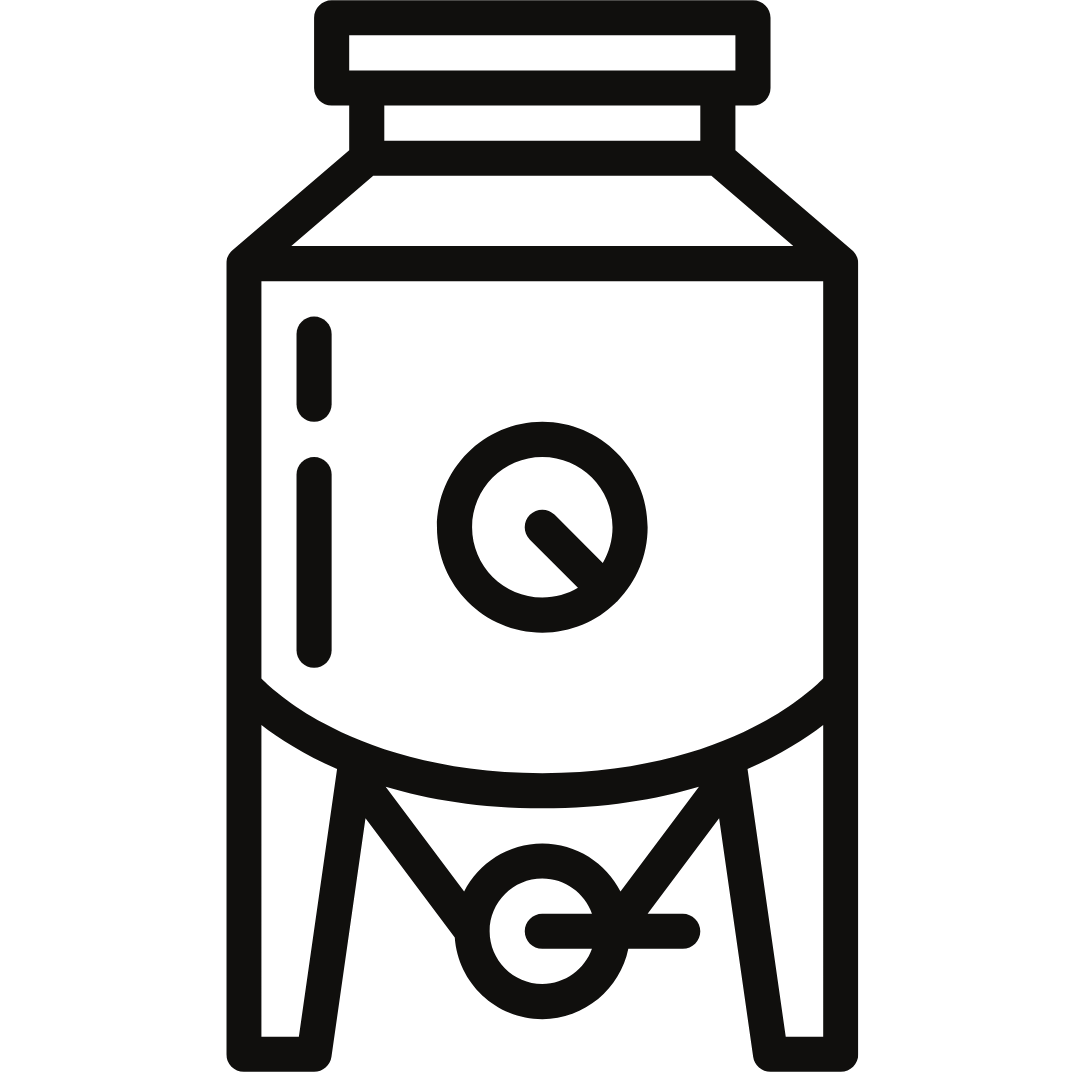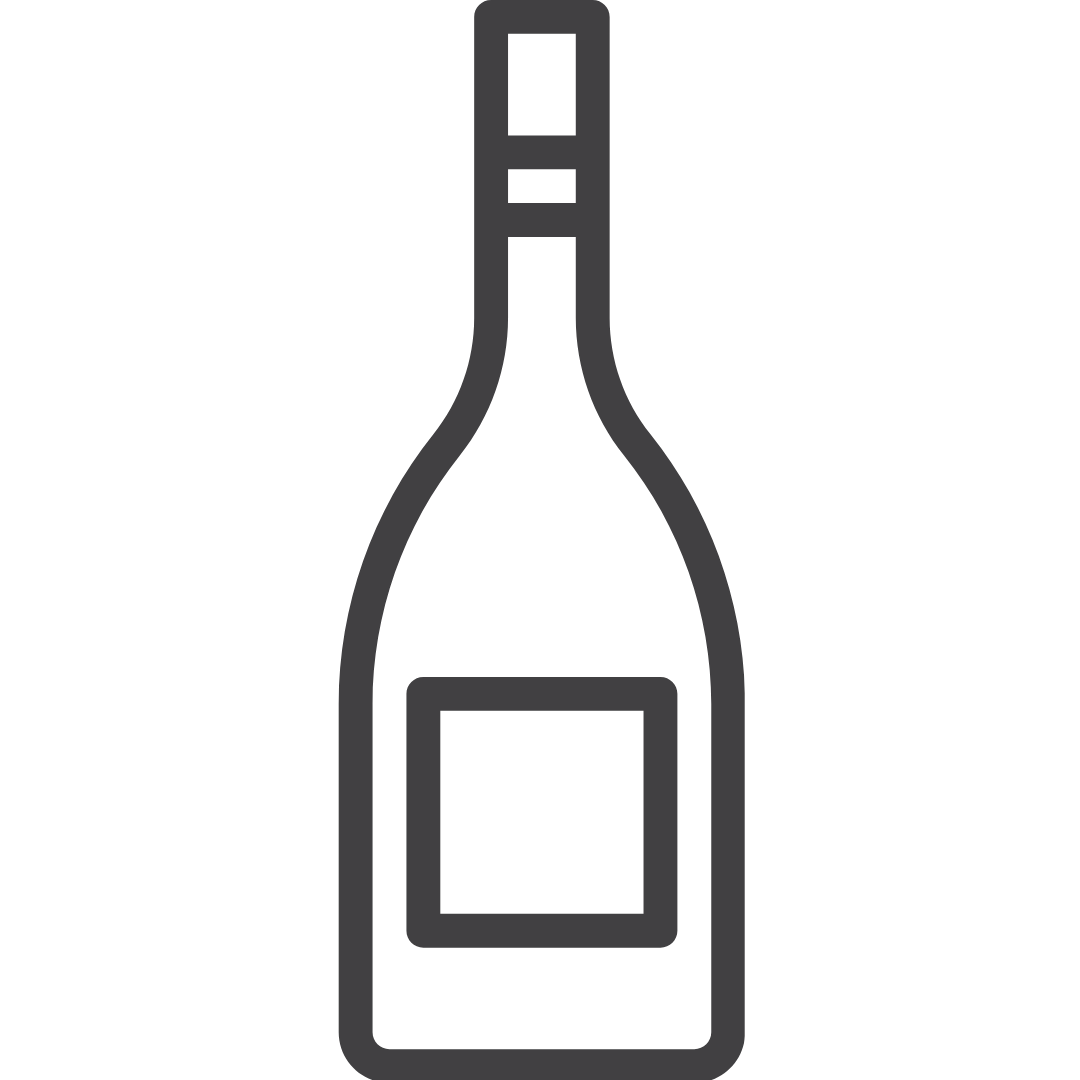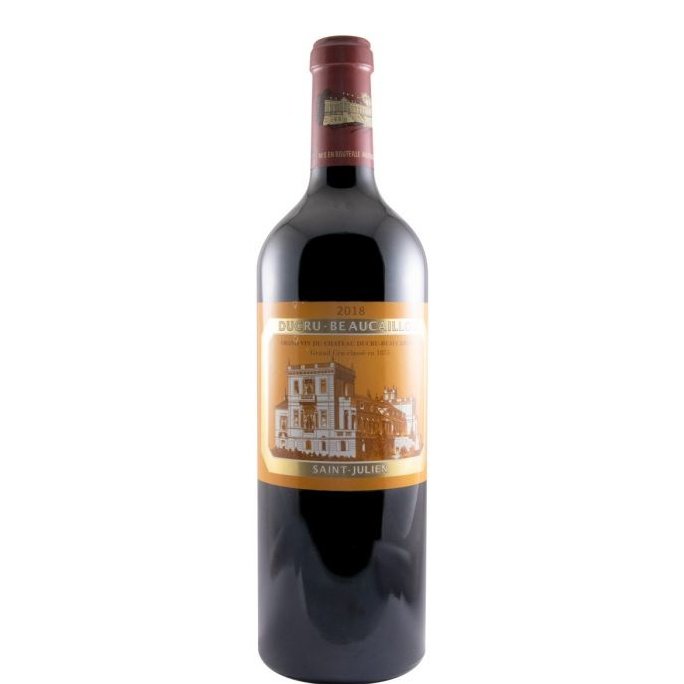Château Ducru-Beaucaillou Saint-Julien Red 2018
Château Ducru-Beaucaillou Saint-Julien Red 2018
Couldn't load pickup availability
Classified 2nd growth in 1855. Château Ducru-Beaucaillou is named after the beautiful, large stones found in its unique wine-growing terroir. The exceptional ecosystem produces fine, elegant, tasty wines, with a long finish - in short, archetypal Saint-Julien wines.
Deep, intense, brilliant purple-black color. Vivid and attractive. Aromas redolent of black fruits, hint of graphite and violets. Powerful and elegant structure, fleshy, rich, polished tannins, remarkable length risen by a wonderful freshness.
 Château Ducru-Beaucaillou
Château Ducru-Beaucaillou
 France
France
 Bordeaux
Bordeaux
 2018
2018
 Cabernet Sauvignon and Merlot
Cabernet Sauvignon and Merlot
 Soil: Günz gravel dating from the early quaternary period. Average age of the vines: 35 years.
Soil: Günz gravel dating from the early quaternary period. Average age of the vines: 35 years.
 The grapes are allowed to macerate for close to 7 days. Vinification takes place in stainless steel vats of various sizes allowing for a plot-by-plot vinification. The entire process takes about two weeks, with frequency of pumping over and exact temperature tailored to each individual vat. Malolactic fermentation takes place in concrete vats.
The grapes are allowed to macerate for close to 7 days. Vinification takes place in stainless steel vats of various sizes allowing for a plot-by-plot vinification. The entire process takes about two weeks, with frequency of pumping over and exact temperature tailored to each individual vat. Malolactic fermentation takes place in concrete vats.
 18 months in 100% new barriques
18 months in 100% new barriques
 75cl
75cl
 14,50%
14,50%
 16ºC - 18ºC
16ºC - 18ºC
Share

The story
300 years of history
1720 to 1797
It all started with a marriage. An illustrious servant of the king, squire Jacques de Bergeron took Marie Dejean, heiress of the vineyard, for his wife on 30 May 1720 in the church of Saint-Julien de Reignac. Under the stewardship of this well-regarded member of the Bordeaux Parliament, the wines enjoyed wide distribution, especially in Scandinavian countries.
1797 to 1866
A native of Béarn, dynamic merchant and founder of his own trading house, Bertrand Ducru acquired the property in 1797. His love for the Médoc growth led him to make major investments in both the cellars and the vineyard. So much so that his successors decided to add his name to that of Beaucaillou. This tireless builder made a powerful contribution to the estate’s reputation by developing the land and transforming the typical Gironde house into an elegant chartreuse overlooking the estuary. When Bertrand Ducru died in 1829, his two children then ran the estate.
In 1860, Marie-Louise Ducru Ravez, bought out her brother, Jean-Baptiste Gustave Ducru, and became the sole owner.
Under her stewardship, the property saw great improvements in quality within Saint-Julien and the growth was the most expensive in the appellation at this time. Consecration came with the 1855 classification: Château Ducru (Beaucaillou) was given a noble position on the second step of the Bordeaux podium.
1866 to 1928
On 3 March 1866, Ducru-Beaucaillou was sold to Lucie-Caroline Dassier, wife of merchant Nathaniel Johnston. This brilliant engineer, with a passion for the Médoc, surrounded himself with the best experts and brought a breath of modernity to the property.
In 1878, two years after the death of his first wife, Nathaniel Johnston married Princess Marie Caradja of Constantinople (1854-1910), daughter of Prince Constantine of Turkey. Wishing to embellish Ducru-Beaucaillou to be in keeping with the quality of its wines, he had the famous architect Michel-Louis Garros put up two Victorian towers to frame the original chartreuse, while his disciple Eugène Bühler created a landscaped park planted with rare species. Through his prescriptions, the château, one of the most sumptuous in the Gironde, became a byword for luxury, sophistication and exoticism.
Thanks to the loyal efforts of the Johnstons, embodying the spirit of Bordeaux and of high-level trade, the wines of Ducru-Beaucaillou acquired an international aura but world War I, the Bolshevik Revolution of October 1917 and American Prohibition (1920) severely affected the Johnstons’ business. Heartbroken, they sold Ducru-Beaucaillou in 1928.
1928 to 1941
In 1928, Fernand Odon Desbarats and his wife, Mary Butler de Burke, daughter of a powerful English family settled in Ireland, acquired Ducru-Beaucaillou. Having suffered the devastating effects of the Great Depression, combined with the difficult decade of the 1930s, they put the property up for sale.
The Borie family
The property was slow to sell and it was not until 1942 that Francis Borie, already the owner of a Grand Cru in neighbouring Pauillac. A relentless builder, this energetic merchant from Corrèze was also a passionate winegrower.
In 1959, Jean-Eugène, succeeding his father, undertook meticulous work to restore the vineyard and the cellars. Quickly abandoning the family’s merchant business, he dedicated himself to the development and modernisation of the property to put it entirely at the service of the wines he loved so much.
His considerable efforts began to bear fruit in the second half of the 1950s when Ducru-Beaucaillou’s reputation rose to the highest level in Bordeaux, and it has never been refuted since then.












